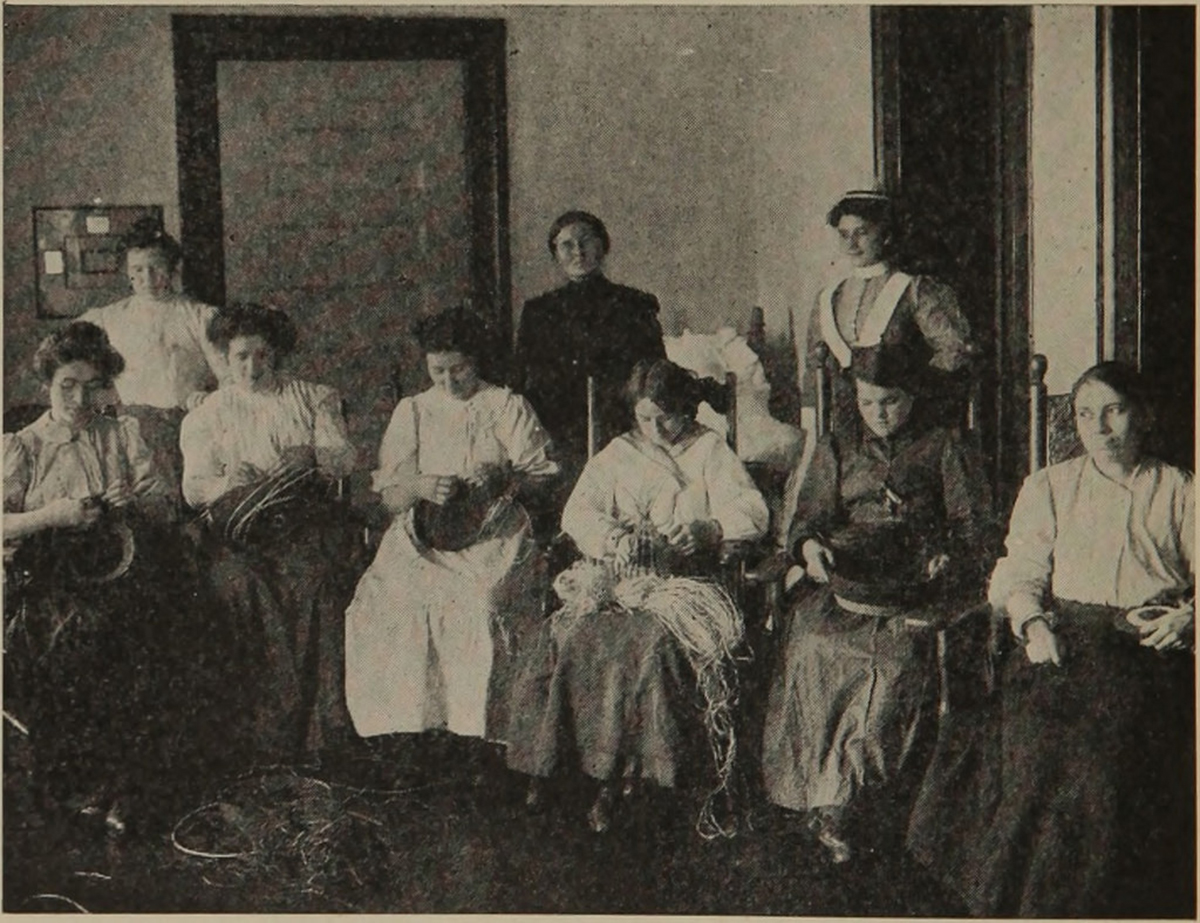Table of Contents
Penis Envy
This is a Freudian theory that states all little girls realise they don't have a penis and immediately begin to covet their father's penis. They then spend the rest of their lives searching for a penis to call their own (in the form of sons and husbands). Freud assigned great power to the penis.
Due to having a penis, Freud believed men grow up noble and forthright, with a fully-developed superego (that's the part that Freud believed knew right from wrong). However - Freud said - due to the absence of a penis, women will lie, cheat and connive until they finally find a man to give them babies and moral guidance.
Yes, he did get paid to dole out this advice.
The "symptoms" Freud ascribed to penis envy were as varied and bizarre as the symptoms of Female Hysteria, and included lesbianism and masturbation.
However, Freud's patients were considerably luckier than those treated for Female Hysteria. While he considered his patients to be "reticent" and "dishonest" (Freud, 1905), he at least only talked to them, rather than cutting pieces out of them without their consent.

Monomania
At one time, monomania was the most fashionable diagnosis. That doesn't mean that people wanted to have it. It just means that it was so terribly easy to diagnose people and lock them away.
Monomania was classed as "partial insanity". People affected had the usual levels of intelligence, and behaved mostly normally, but they had a fixation with one idea or activity.
It was on these grounds that the greedy mother of Edward Davies had her son declared insane, and so took over his successful business in 1829. He had always had the same "unusual preoccupations", but now he was planning to take a wife. Suddenly, Mummy Dearest feared for her inheritance, and a mentally-sound - if eccentric - man was packed off to the asylum.
By the end of the 19th century, monomania was starting to fall out of favour. You'll be glad to know it had a happy ending for Edward, too. An appeal cleared his good name and restored him to his business.
Moral Insanity
The diagnosis of "Moral Insanity" springs out of the moral societies that formed in the early 19th century, which quickly gained popularity. Moral Insanity covered anything deemed hazardous to the social body, including larger things such as kleptomania and pyromania, to sex outside of marriage and being a lazy servant.
This is how one former housemaid, diagnosed with Moral Insanity, was described by her doctor: "lazy, mendacious, chasing after men, and prone to prostitution" (Rimke and Hunt, 2002).
In order to be diagnosed Morally Insane, a person had to have no intellectual disability, and no other sign of mental health problems. They just had to behave in a way that was socially unacceptable.
As was the fashion at the time, women were accused of being the greatest danger if diagnosed with Moral Insanity, for these would be the "mothers of the nation", who would produce inferior Libertine sons and wanton daughters, were they to be allowed to have any. Thus, the treatments for Moral Insanity included: compulsory sterilisation, permanent confinement, and laws to prevent the marriage of all those judged "morally-degenerate".
Homosexuality
Homosexuality was decriminalised in the UK (but only for men over 21) in 1967, however, it took until 1987 for homosexuality to be removed from the DSM (the Diagnostic and Statistical Manual of Mental Health Disorders) and until 1992 for the ICD (the International Classification of Diseases) to remove homosexuality from their list of mental health disorders (although the ICD still carries the diagnosis "ego-dystonic sexual orientation", where a person wishes their sexual orientation were different).
Today, someone with ego-dystonic sexual orientation can receive gay affirmative psychotherapy, to help them accept the sexual orientation they were born with.
However, forty years ago, things were very different.
Private "treatment" may have consisted of psychoanalysis, but more common treatments included aversion therapy, either with electroshock or Apomorphine (a drug that induced nausea and vomiting); shocks were administered to the lower leg, or the participants were given the drug if they didn't reach for photographs of members of the opposite sex. Other "treatments" included electroconvulsive therapy, religious counselling, oestrogen to reduce the libido, and being told to hire a prostitute or use a female friend for sexual intercourse (and so overcome the aversion it was assumed gay men must be experiencing).
Today, we've moved toward a more holistic and individualised view of mental health. And thank goodness for that.
- www.lib.uwo.ca/archives/virtualexhibits/londonasylum/hysteria.html
- www.ncbi.nlm.nih.gov/pmc/articles/PMC3480686/
- www.ncbi.nlm.nih.gov/pmc/articles/PMC539549
- www.sciencemuseum.org.uk/broughttolife/themes/menalhealthandillness/womanandpsychiatry
- www.psychologytoday.com/blog/all-about-sex/201303/hysteria-and-the-strange-history-vibrators
- Roach, Mary (2009). Bonk: the curious coupling of science and sex. New York: W.W. Norton & Co. p. 214.
- 19thct.com/2007/12/05/female-hysteria
- www.psychologytoday.com/blog/the-bejeezus-out-me/201605/sigmund-freud-had-penis-envy
- www.psychologytoday.com/blog/lunacy-and-mad-doctors/201304/gaslight-stories-the-mania-monomania
- www.psychologytoday.com/blog/hide-and-seek/201509/when-homosexuality-stopped-being-mental-disorder
- journals.sagepub.com/doi/pdf/10.1177/0952695102015001073
- www.livescience.com/54682-is-penis-envy-real.html
- psychistofwomen.umwblogs.org/sexuality/pre-kinsey/freud
- www.bmj.com/content/328/7437/427
- www.cvltnation.com/portraits-of-mania-the-inmates-of-west-riding-pauper-lunatic-asylum
- psychnews.psychiatryonline.org/doi/full/10.1176%2Fpn.36.10.0021
- psychology.ucdavis.edu/rainbow/html/facts_mental_health.html
- Photo courtesy of internetarchivebookimages: www.flickr.com/photos/internetarchivebookimages/14596981309/
- Photo courtesy of Wikimedia: commons.wikimedia.org/wiki/File:Hysteria.jpg
- Photo courtesy of Wikimedia: commons.wikimedia.org/wiki/File:Hysteria.jpg


Your thoughts on this